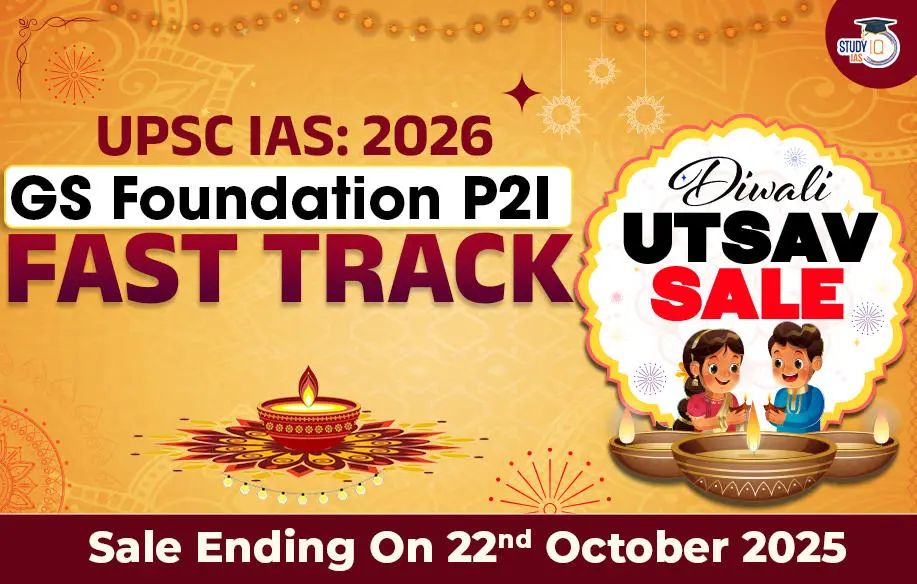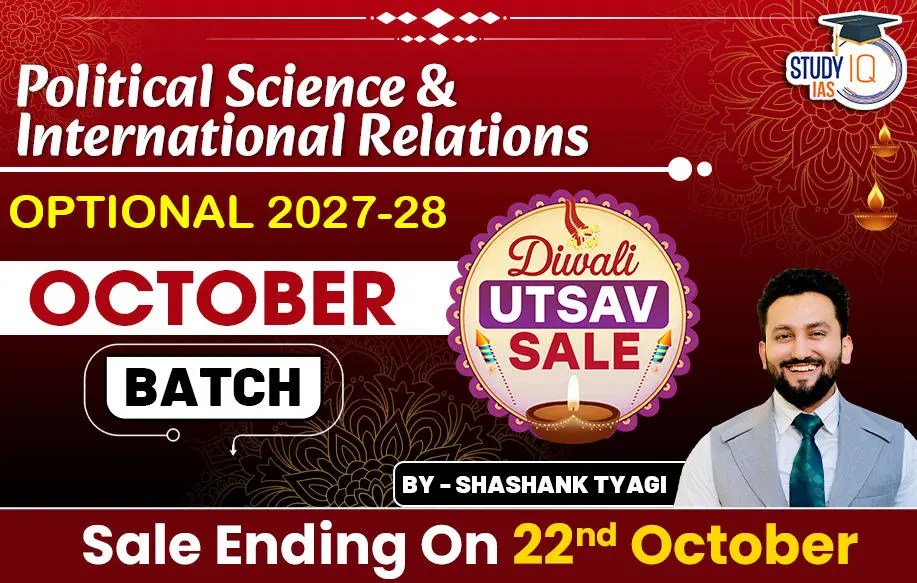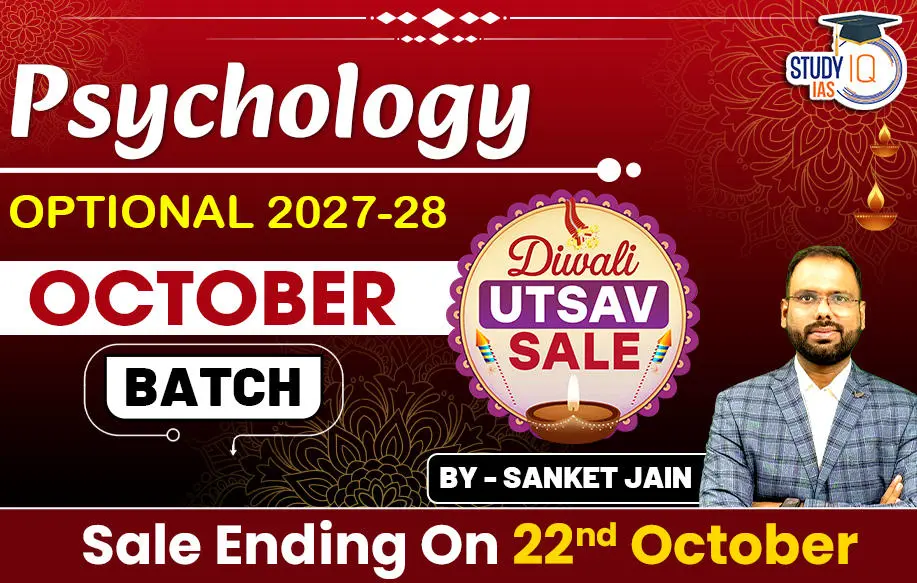Table of Contents
Arctic Wildfires
Context: Smoke from raging wildfires has darkened Arctic skies for the third time in five years as reported by Europe’s Copernicus Climate Change Service.
Reasons for Worsening Arctic Wildfires
- Accelerated Arctic Warming: The Arctic is warming about four times faster than the global average, with temperatures now approximately 3 degrees Celsius higher than in 1980.
- Increased Lightning and Thunderstorms: More frequent thunderstorms in the Arctic, a result of differential surface heating and enhanced convection, increase the likelihood of wildfires.
- Changes in the Polar Jet Stream: Higher temperatures have slowed the polar jet stream, causing prolonged periods of warm weather and contributing to heatwaves that ignite more wildfires.
Impact of Arctic Wildfires on Global Warming
- Greenhouse Gas Emissions: Wildfires release significant amounts of greenhouse gases like carbon dioxide by burning vegetation and organic matter.
- Permafrost Thawing: Arctic permafrost, containing about 1,700 billion metric tons of carbon, becomes susceptible to thawing due to wildfires, potentially releasing large quantities of carbon into the atmosphere.
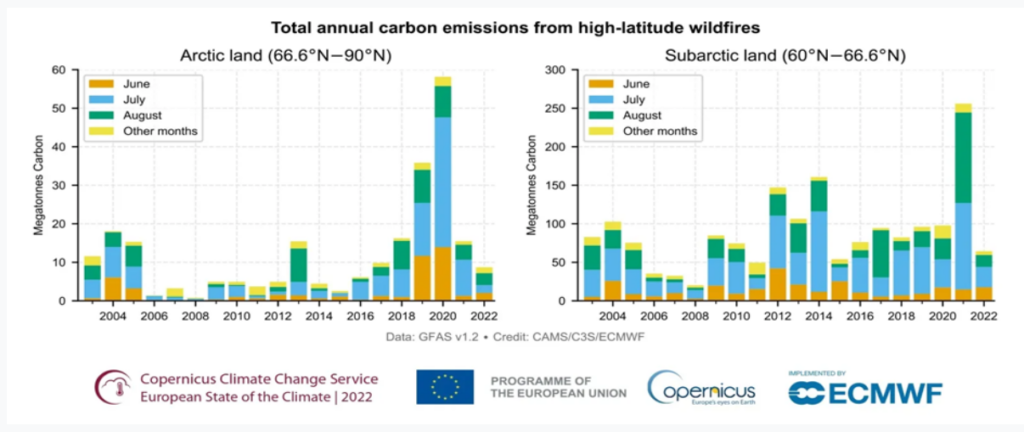
Future Outlook
- Continued rise in temperatures and more frequent lightning and heatwaves are expected to escalate the incidence of Arctic wildfires.
Importance of Putin
Context: Recently, PM Narendra Modi met Russian President Vladimir Putin.
Significance of Visit
Strategic Aspects
- Defence and Security: The defence sector forms a critical aspect of the India-Russia partnership, with substantial military equipment and technology being sourced from Russia.
- This includes advanced systems like the S-400 missile defence system, fighter aircraft, and tanks.
- Bilateral Trade: Economic ties have been bolstered, particularly through increased purchases of discounted Russian oil amid global economic strains, pushing bilateral trade to a record $65.70 billion in FY 2023-24.
Diplomatic Dynamics
- Global Positioning: Amidst ongoing global conflicts, particularly the Ukraine war, PM Modi’s visit is viewed as a balancing act in international relations, maintaining strategic ties with Russia while navigating relationships with Western nations.
- Dialogue and Mediation: India’s role in global diplomacy is highlighted by its interactions with both Russian and Ukrainian leaders, aiming to position it as a mediator while advocating for peace and adherence to international laws.
Challenges and Concerns
- International Relations: The visit comes at a time when global alliances are strained due to Russia’s actions in Ukraine. Modi’s visit is seen as a strategic move to affirm India’s long-standing ties with Russia while managing relations with Western countries.
- Security and Defense: Concerns remain regarding the sharing of critical military technologies between Russia and China, with India needing reassurances from Russia about the exclusivity of their defense cooperation.
Future Outlook
- Ongoing Engagement: The visit underscores an ongoing high-level dialogue that has included numerous telephonic discussions between Modi and Putin, reflecting continuous engagement on bilateral and global issues.
- Defence and Strategic Interests: The defence relationship will be a focal point, especially concerning the implications of Russia’s relationships with other countries like China on India’s strategic interests.
Temperatures and Pollution
Context: Recently, a study was conducted focused on the impact of high temperatures on air pollution levels during the summer in Delhi, Mumbai, Patna, Lucknow, and Kolkata.
About the Study
- Conducted by: Climate Trends, a research-based consulting and capacity-building initiative.
- Objective: To understand the correlation between high temperatures and spikes in particulate matter (PM) levels, specifically PM2.5.
- Key Findings:
- Temperature and PM2.5 Data: The study found that the PM2.5 levels occasionally exceeded the national ambient air quality standards of 25 micrograms per cubic metre in these cities, driven by higher temperatures.
- Impact of High Temperatures: High temperatures were linked to occasional spikes in PM2.5 levels, surpassing safety thresholds set for air quality.
- High temperatures enhance the photochemical reactions of pollutants, which can lead to the formation of secondary pollutants.
- Factors Contributing to Pollution Spikes: Volatile Organic Compounds (VOCs) and Nitrogen Oxide, primarily emitted from vehicles and industrial activities, react under high temperatures to form secondary pollutants, contributing to the increase in PM2.5 levels.
- Health Risks: The increased PM2.5 concentrations can exacerbate lung function and irritate airways, leading to significant health issues.
| National Air Quality Standards |
| The Indian air quality standards specify that PM2.5 levels should not exceed 60 micrograms per cubic metre, but the finer particles discussed in the study are small enough to penetrate deep into the lungs and even enter the bloodstream. |
Examples, Case Studies and Data
- Economy (GS 3): India’s private capital expenditure reached a 20-year low in the April-to-June quarter, with just ₹44,300 crore in new investments.
- Uttar Pradesh, West Bengal, and Maharashtra had the highest share of informal sector enterprises in both rural and urban areas in 2022-23.


 Diwali 2025 Calendar: Dhanteras to Bhai ...
Diwali 2025 Calendar: Dhanteras to Bhai ...
 Significance and History of Diwali Festi...
Significance and History of Diwali Festi...
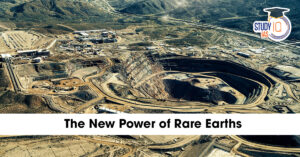 The New Power of Rare Earths: How China ...
The New Power of Rare Earths: How China ...

